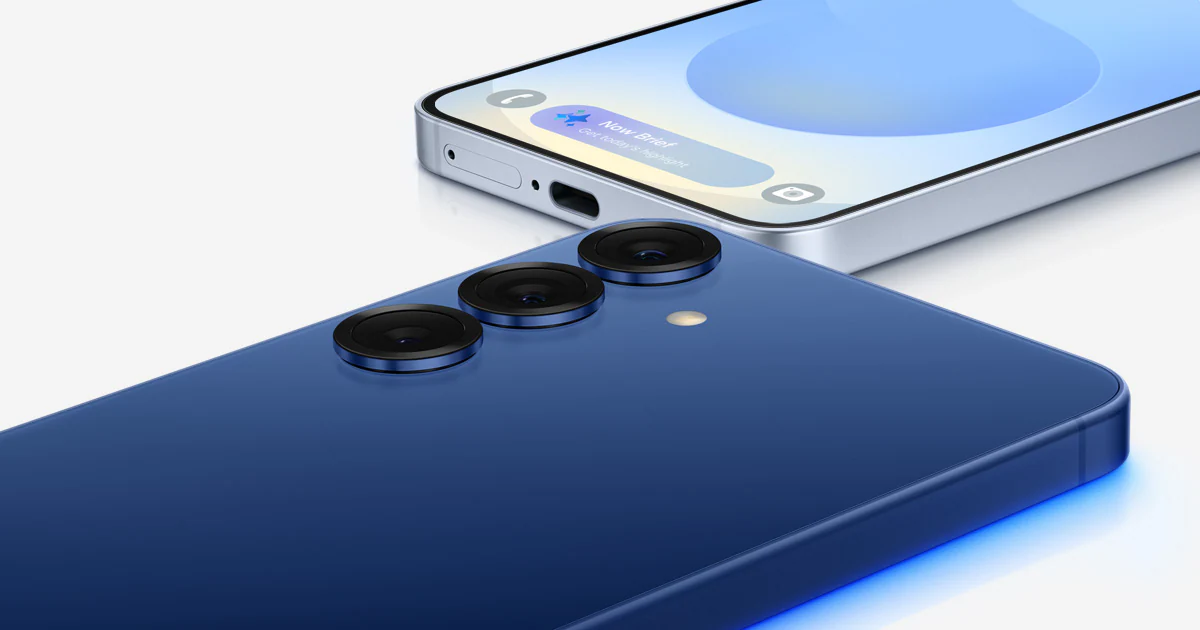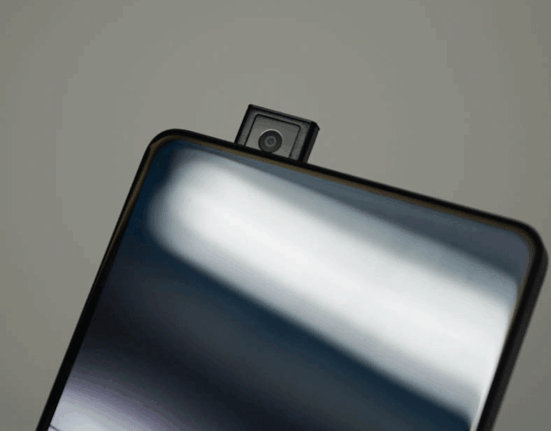As is customary, Samsung unveiled its latest flagship smartphones—the Galaxy S25 series—in January, hoping to dominate sales in the first quarter. Historically, the release of new Galaxy S devices has been a strong sales driver, typically pushing Samsung ahead of Apple during the early months of the year. However, this time around, Samsung’s latest launch couldn’t outpace Apple’s performance.
According to a report from Counterpoint Research, Apple managed to capture the number one spot for smartphone market share in Q1 2025, marking the first time the company has done so during this period. This is an unusual turn of events, as Samsung usually takes the lead in Q1, thanks to the rollout of its new S-series models. However, the Galaxy S25 series couldn’t generate the same level of sales momentum that it typically would.
The sales data in the report reveals that Apple’s iPhone sales grew by 4% compared to the same quarter the previous year, while Samsung saw a 5% decline. Despite facing drops in major markets like the US and Europe, Apple saw significant gains in regions such as Japan, India, the Middle East, Africa, and Southeast Asia. The success of the budget-friendly iPhone 16e played a crucial role in propelling Apple to the top, providing a much-needed sales boost.
Apple Outpaces Samsung in Q1 2025 Smartphone Sales
The iPhone 16e Gave Apple the Upper Hand
Although Samsung’s early quarter sales were slower than expected, the company’s situation isn’t entirely bleak. The report highlights that sales picked up in the latter part of the quarter, particularly for the Galaxy S25 Ultra, which saw increased demand. Moreover, the recent launch of A-series devices, like the Galaxy A56, is expected to help boost Samsung’s sales figures in the coming months.
In addition to Samsung and Apple, other Android manufacturers like Xiaomi, Vivo, Oppo, Honor, and Motorola are also making strides in various global markets. However, Samsung’s slight dip in sales wasn’t entirely unexpected. The Galaxy S25 series, while offering new features powered by GenAI, didn’t bring substantial innovations beyond what was already available in previous devices, leaving fewer reasons for users to upgrade to the latest models.
Consumers are also holding onto their smartphones for longer periods, a trend that’s contributing to overall slower upgrade cycles. The report suggests that 2025 could see a decline in the global smartphone market due to factors like economic uncertainties and potential trade disruptions, which could further impact sales across the board.






